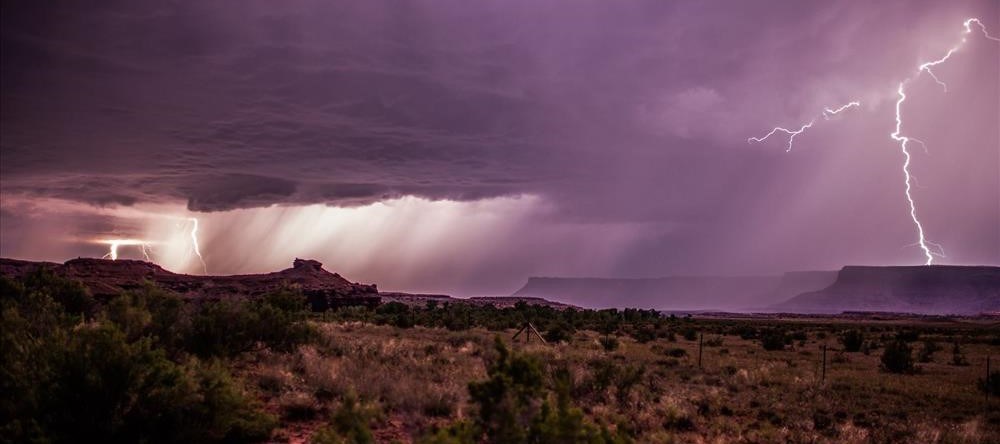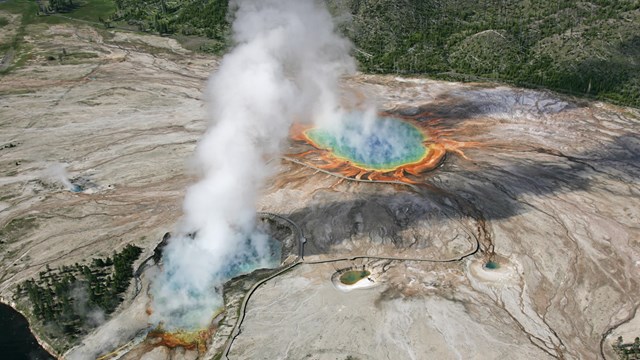The Water Cycle
Water is in constant motion! Water travels in cycles, some moving fast, others moving slow, some controlled for human use, and others -- as are often found in national parks -- untouched and pristine.

NPS Photo
Where does the water cycle start?
That’s just the thing - it has no beginning and no end.
Water travels in a cycle starting as ocean water and evaporating into the atmosphere. This water vapor moves over the land in the form of clouds and rains or snows, or seeps into the ground. This water then can become soil water, or move deeper to become groundwater, or may run over the land to form streams and rivers or be held in lakes, ponds and wetlands. Water then eventually makes its way back to the ocean to become evaporated once again.
National Parks are involved in every step of the process. Park units provide a living laboratory to study water resources and give park visitors a look into hydrologic functions. When we preserve and protect water resources in national parks, we are better able to understand its importance for current and future generations.

Learn more about the water you can't see in National Parks

Learn about watersheds and National Parks.
Last updated: December 10, 2018
